The
Electric Railway Museum
is losing its site, and its last open day was last Sunday (8 October
2017). All photos are
cc-by-sa as usual.
Frankly, it was pretty ratty. All right, I'm not a rail expert,
and the little I know about tends to be steam. But many items of stock
were completely unlabelled, quite a few were uncovered and rusting
away but not open for entry (presumably because the interiors weren't
fit for viewing) or even with platforms to get the viewer up to their
level, and there was a general air of desuetude that can't only be
accounted for by the fact that everyone knew this was the last day.
Even some of the open stock was being used for casual storage, as in
the cab of this class 501:

Though I did experience a sudden strong flashback when I met the
interior door latches:

Meanwhile this class 457 felt as though it shouldn't be in a museum,
because these are the new trains - introduced in 1989-1990 when I
was travelling frequently through Waterloo. (And much disliked,
because they had fewer doors and it took more time and crushing to get
on and off them.)
Still I'll give 'em credit: they've managed to keep the rubber covers
on the door buttons intact, while in real life they tended to get
ripped and destroyed within a few weeks.






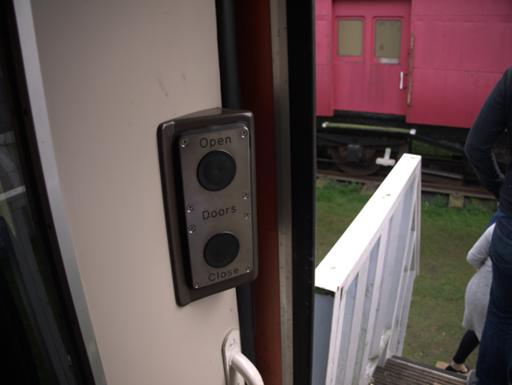


Class 503 from 1938, used by the LMS on the Wirral and Mersey lines.


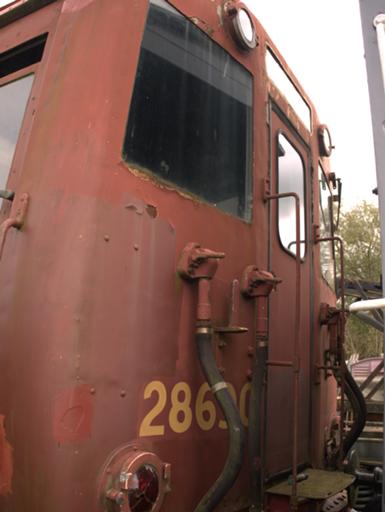
No labels, presumably the volunteers all know this stuff and don't
often talk with anyone who doesn't.

Ah, at the other end we find they're a pair of class 309s.

Class 312 from 1976.

And then things suddenly got interesting. One of the carriages is used
to house what's left of the old control system from the Victoria Line.
This lot is an Interlocking Machine Room, effectively an
electromechanical signal box.
Melinex plastic tape encoding the timetable (for a given junction,
each row gives train number, destination, route and sometimes time.)

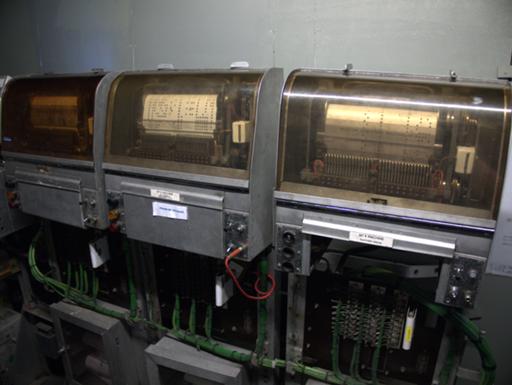
The actual Interlocking Machine, with sliding metal bars to lock out
points and signals to avoid train conflicts.

Code cards. Each one contains one single logic gate; AND (red)
combined with an OR (yellow) serve as single-bit storage.

Code and spot generators, to automate train running (e.g. accelerate
at point X to speed Y, brake at point Z to speed A).

Close-ups of the control room reconstruction - unfortunately since
it's inside a carriage, and was very crowded, I couldn't get an
overall view.
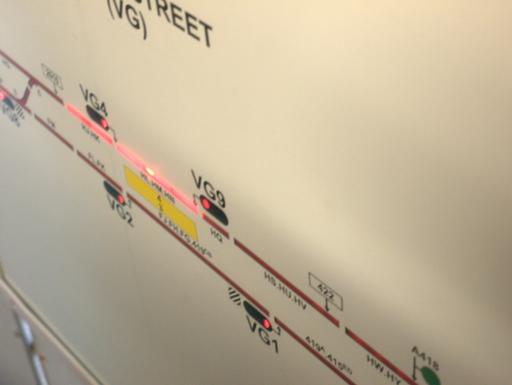


Then it's back outside and more unlabelled stock.
(This yellowy-grey thing is an Advanced Passenger Train power unit!
But hey, who'd care about that?
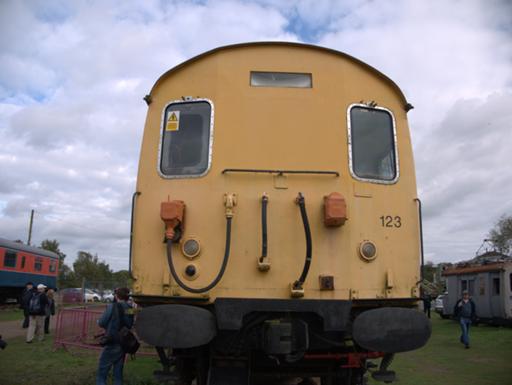

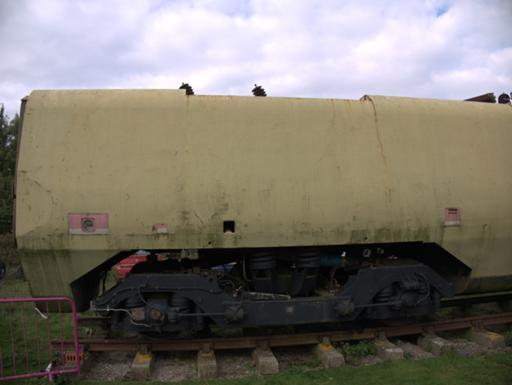



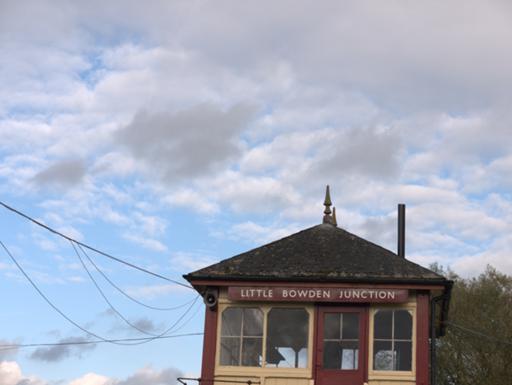


There were interesting things here. They would have been even more
interesting if there'd been any actual curation going on. I'm not
surprised that I'd never heard of the place until the announcement of
its closing went out.
Comments on this post are now closed. If you have particular grounds for adding a late comment, comment on a more recent post quoting the URL of this one.